
Plant out, no rush
The first half of May has been about raising plants that need warmth to thrive. Now this second half is about setting them out to grow. There is no rush to this process, except for winter squash and beans for dry harvest. Setting them out too early can result in slug damage and weak growth. I've had much feedback along these lines.
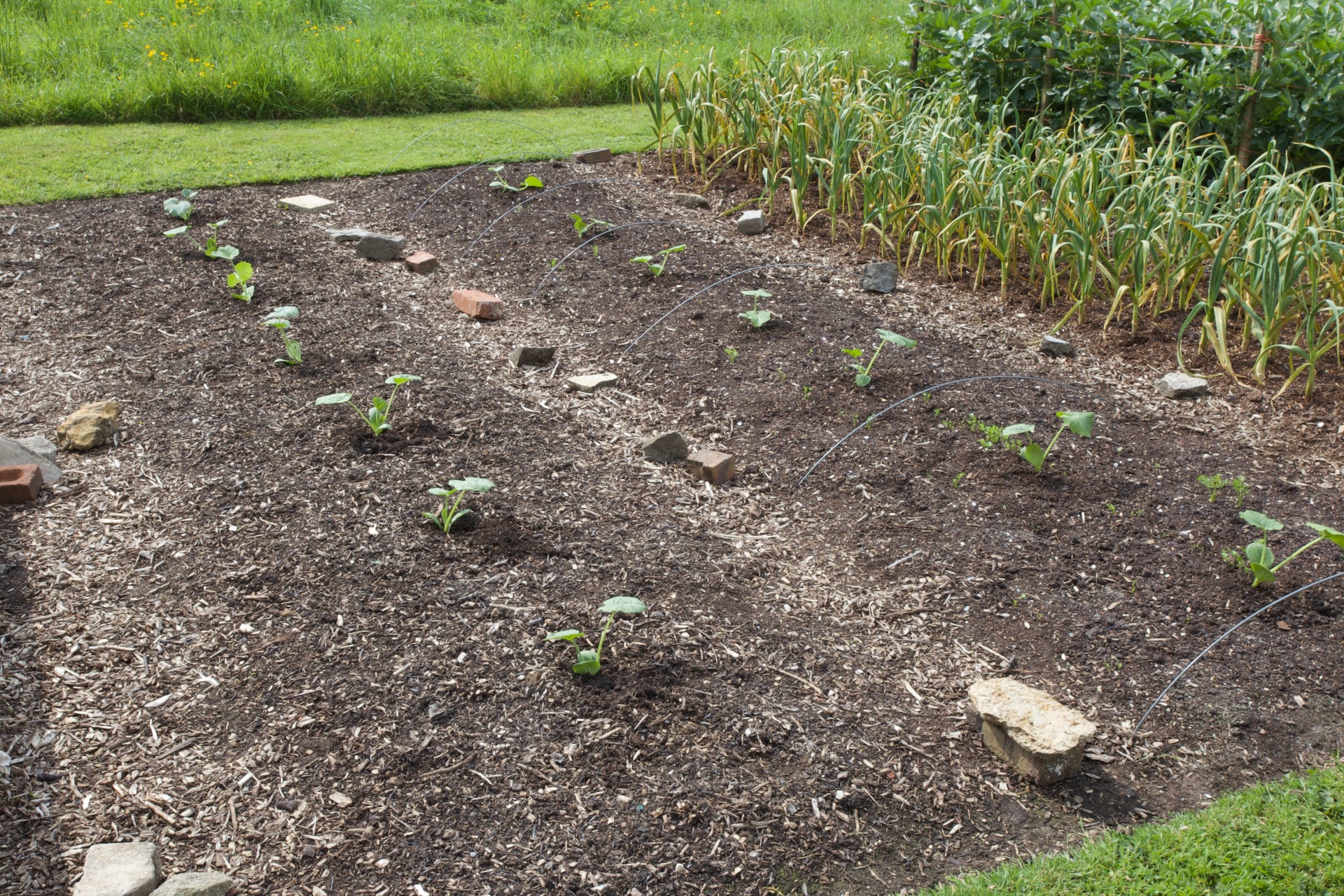
Squash, and cucurbits generally, quickly fill large spaces - don't crowd them. In the photo above, I set Kuri plants a little closer (80cm) than normal because I want smaller fruits for selling.
The plants you see here were sown 29th April and planted outside on 17th May. Faster than usual thanks to warm nights, a result I reckon of atmospheric pollution. It's been noticeable recently here, how the sky is rarely blue, often with a milky haze of thin white lines. See the UK government reasons for this.
Squash also are well suited to grow through plastic when reclaiming ground from weeds. The plastic provides warmth!
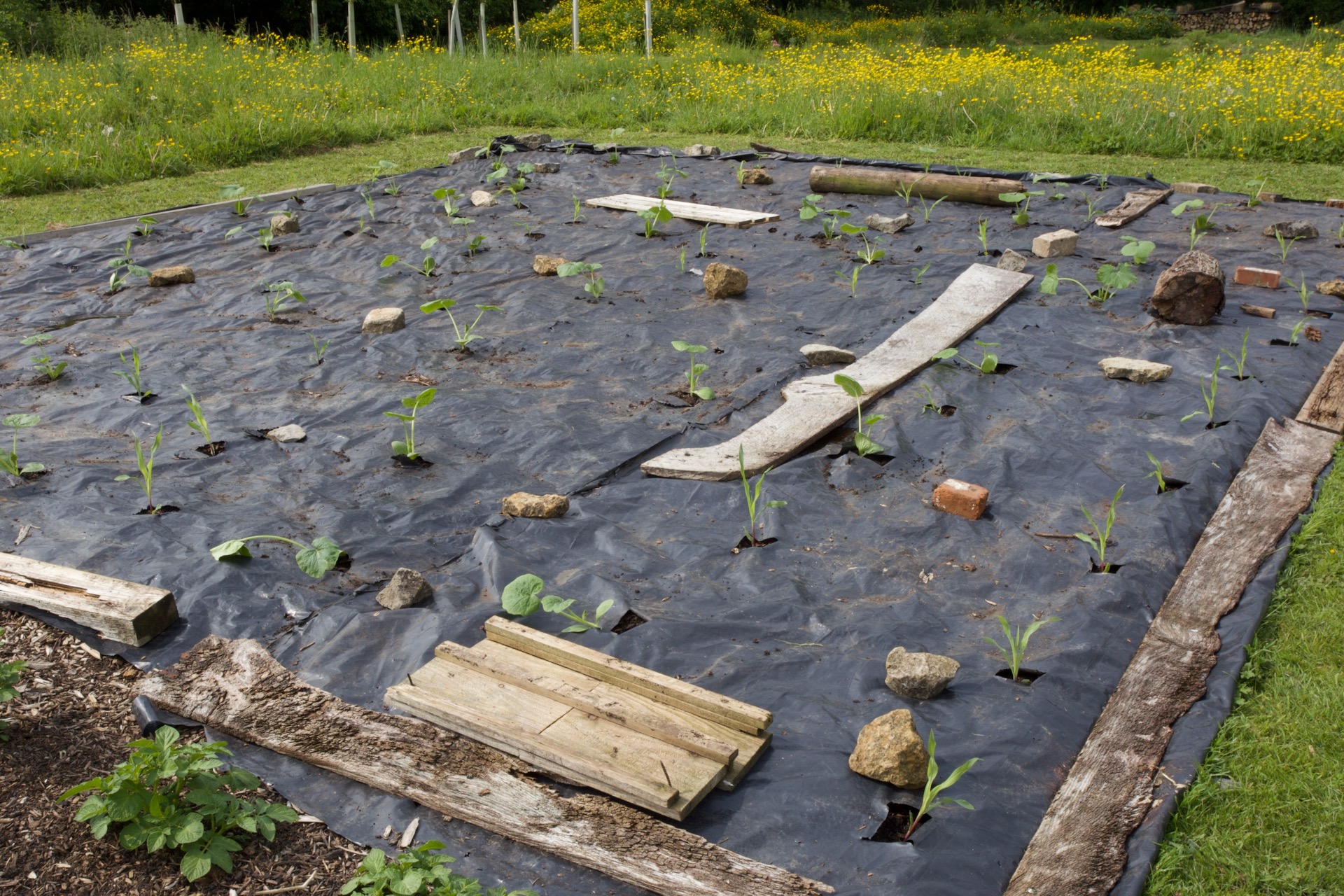

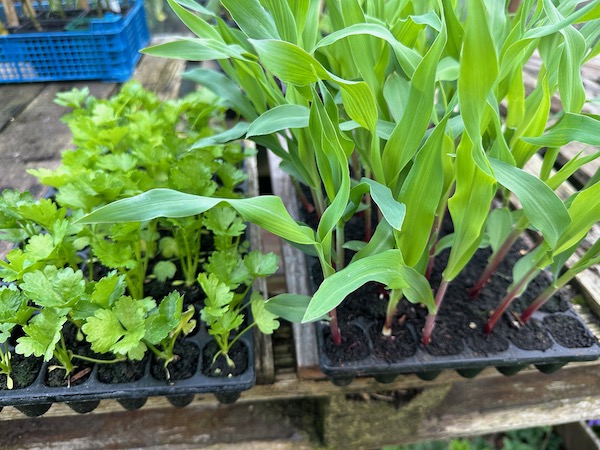
Harvest changeover from winter to summer
Often this period is called the Hungry Gap! Most new plantings are not yet ready to harvest, and the ones we can pick at this time are leaves. It would be a good time for a green fast, to live on spinach, lettuce, and cabbage leaves!
Turnips are brilliant at bridging the gap, especially the Hakurei type, bred in Japan after the Second World War. As well as growing very fast, they have superb flavour and can fill you up nicely! They are now close to flowering stage, so harvest them soon. And you can re-sow in August, for harvests in autumn.
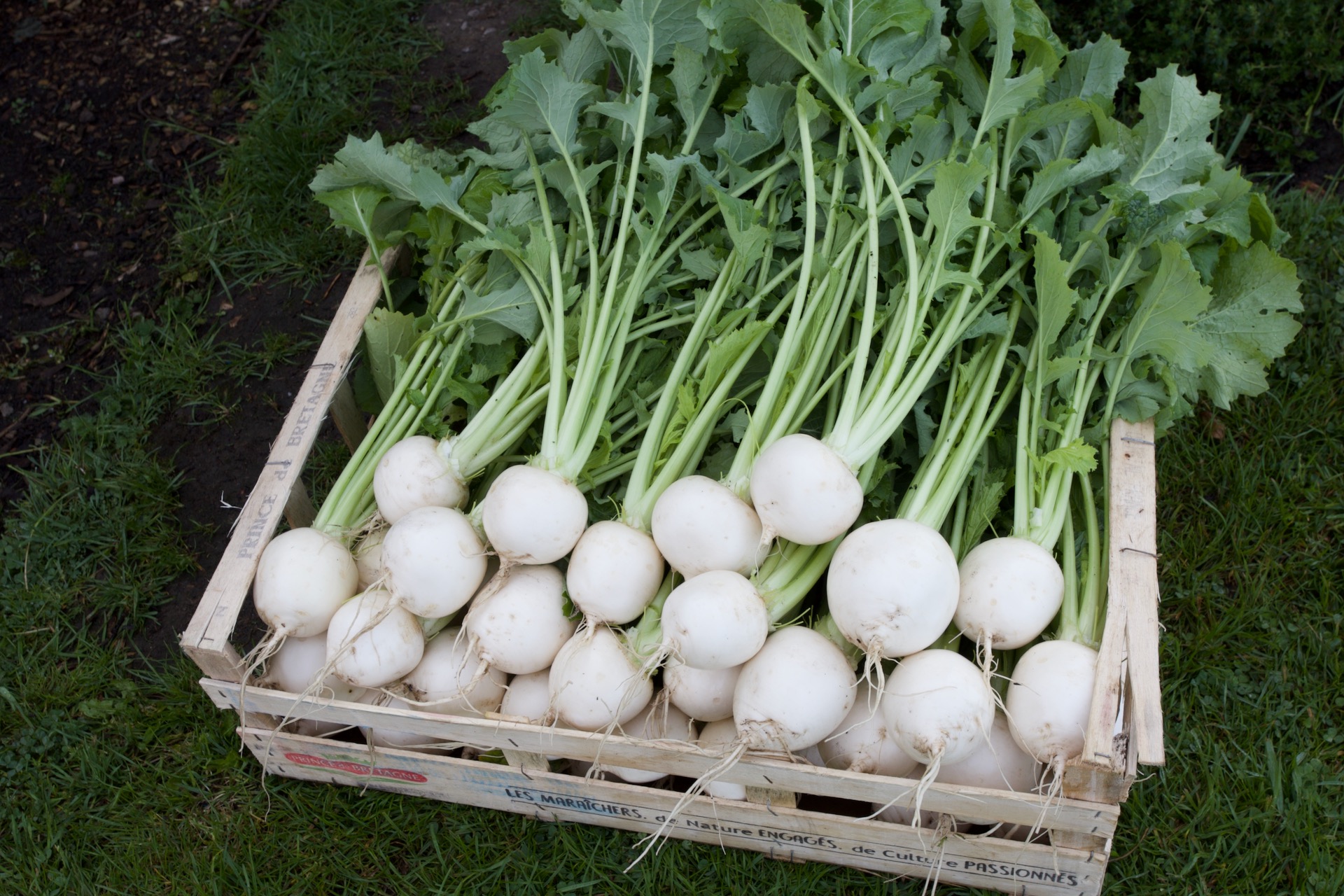
It's now a season when cabbage root flies are busy. I had to remove the fleece cover from the last bed of turnips, and that means we shall now start to see damage in them from maggots tunnelling and causing brown discolouration. It's no more than 10 days before the final turnip harvest.
By then we shall have beetroot to pick, see my next blog.
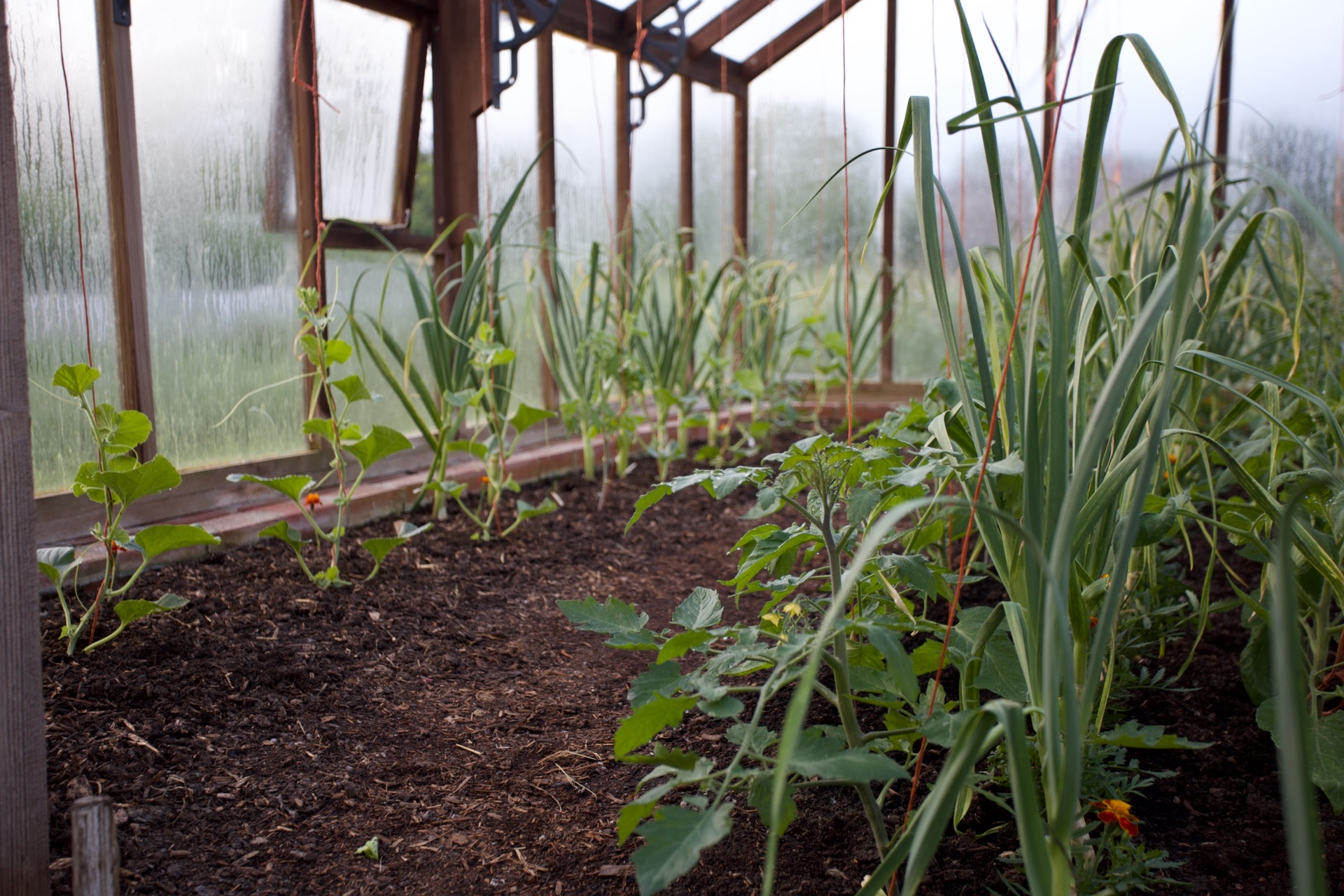
Under cover, growing and sowing
Why undercover when we have summer weather? For raising seedlings to transplant, any covered space is brilliant for keeping out insects which otherwise can quickly devour new leaves. Also you have the extra warmth for plants such as melonsand cucumbers.
While for tomato plants, the drier air means less late blight. From about mid-June, be careful not to wet the leaves of tomato plants when watering. That gives blight spores no place to develop, because they cannot grow on leaves that are dry in the afternoon.
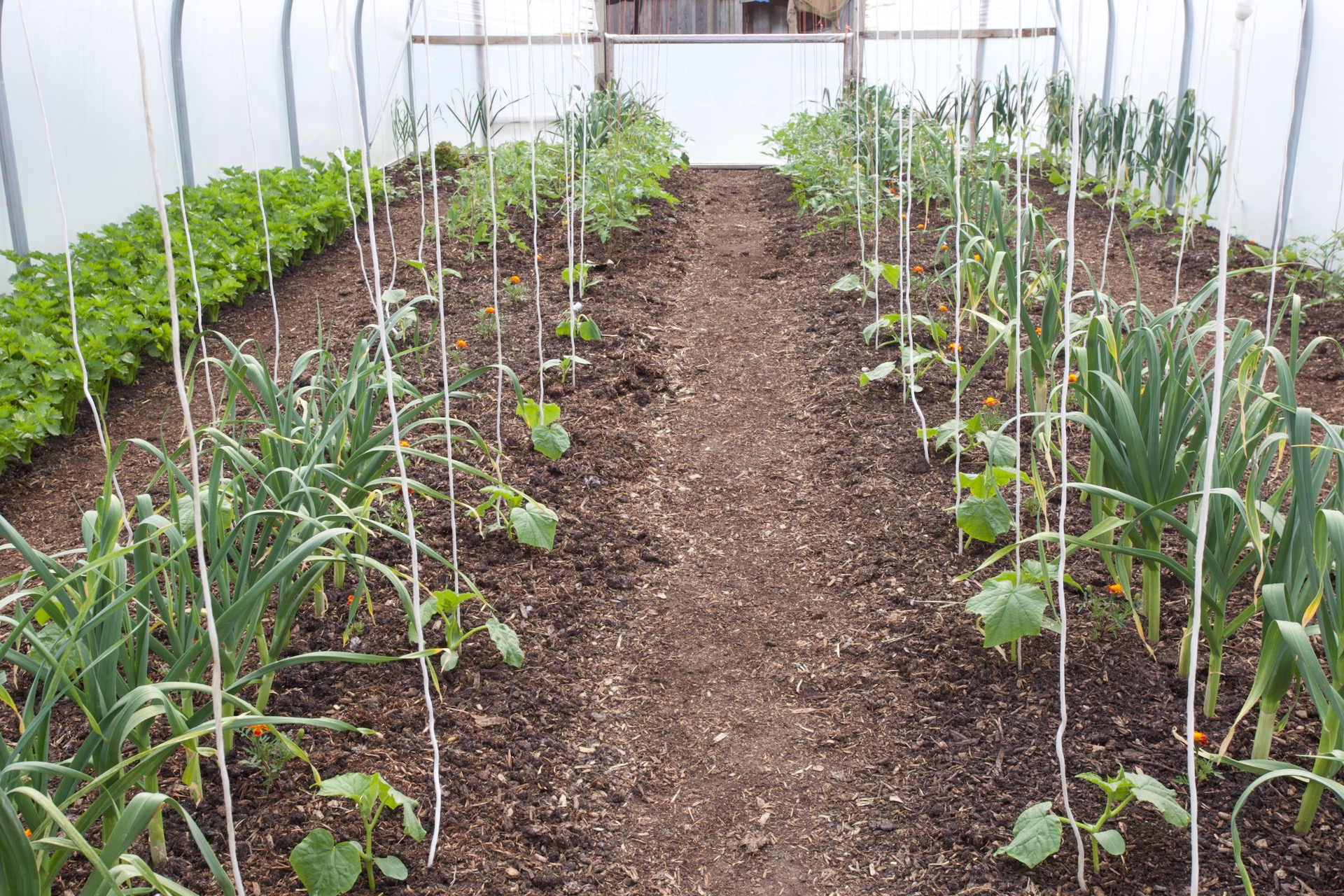
It's getting late to sow Brussels sprouts, because they need the whole summer to grow decent sized plants which can give you a worthwhile harvest. There is still time to sow cabbages for big heads in the autumn, also cauliflower and broccoli. Kale is good to sow at any time until July.
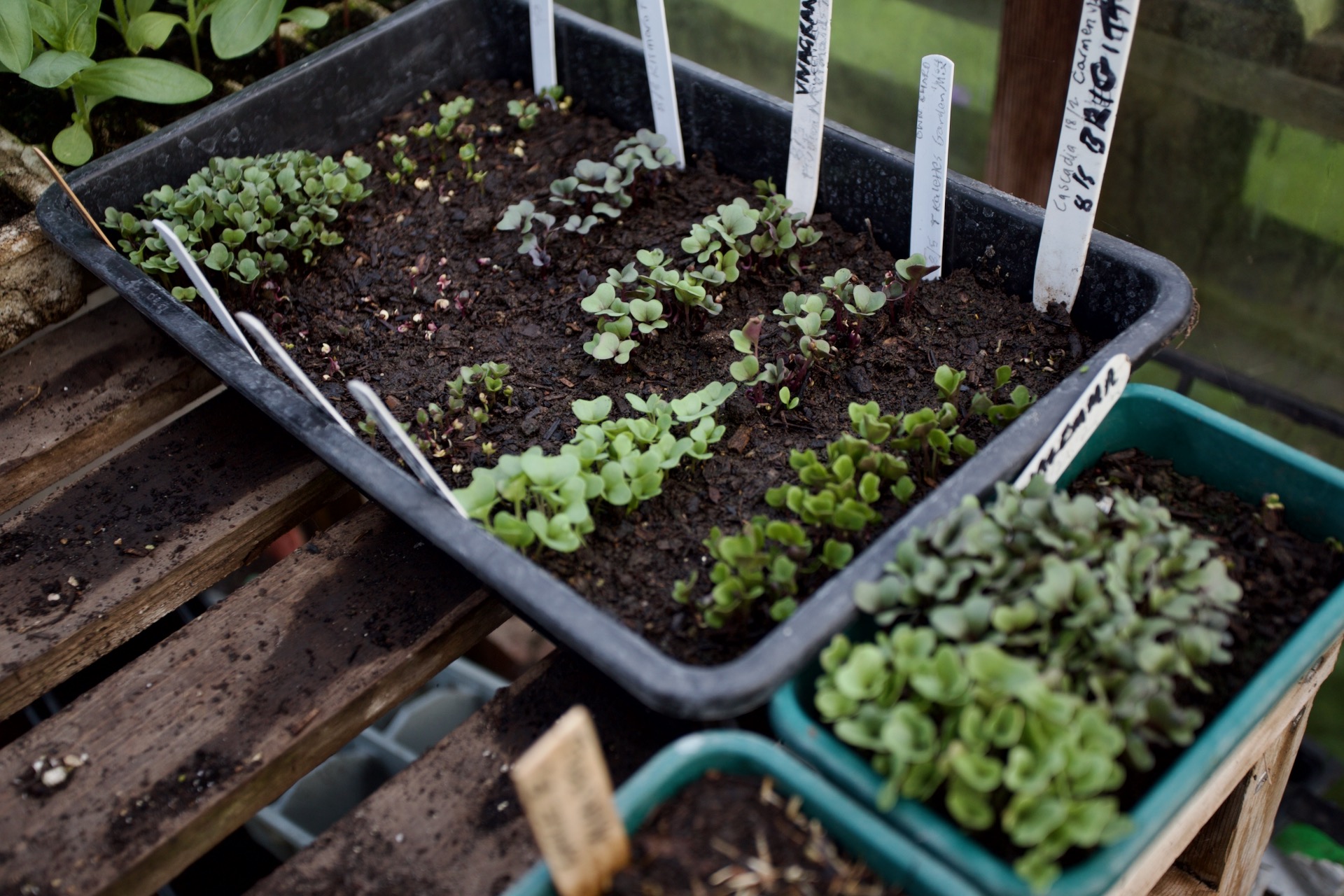
See my Sowing Timeline, and digital Calendar 2024, for more date ideas. There are plenty coming up!
Plus my Growing Guides and Seed to Harvest course have huge amounts of helpful detail, to keep you growing successfully.
Pests of the month
I wish not to have to write about such matters. However, pests and diseases are becoming more prevalent.
Many of you will have suffered slug and snail damage. The consistently damp weather is a joy for them at least! We are doing many patrols at dusk and dawn, especially if it has recently rained, to collect amazing numbers and dispose of them as you see fit.
I use no pellets, but keep the garden tidy to reduce habitat, to keep their numbers at a reasonable level. You always have some, just not too many!
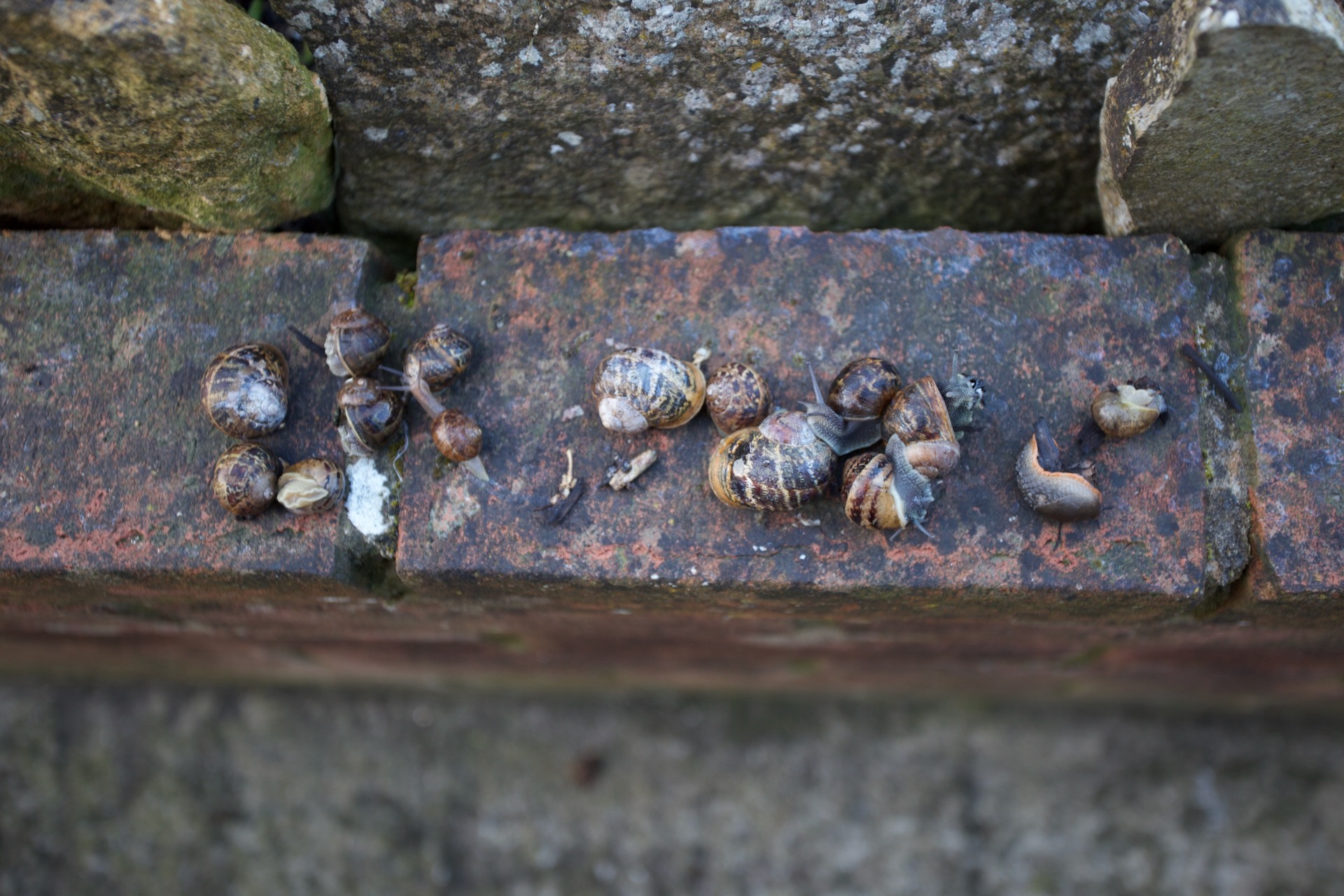
We have a new pest here which has spread from the East Midlands and is Allium leaf miner. The maggots can burrow into onions, garlic, and leeks, causing significant damage. The only remedy I know is to cover plantings with fleece or mash, from planting out until the latter half of May, then from late August until November.
Those are the dates normally quoted and which I follow. However, as with carrot root flies, there is some damage happening outside those times.
See my Crocus page for where to buy fleece and mesh made from plant material.
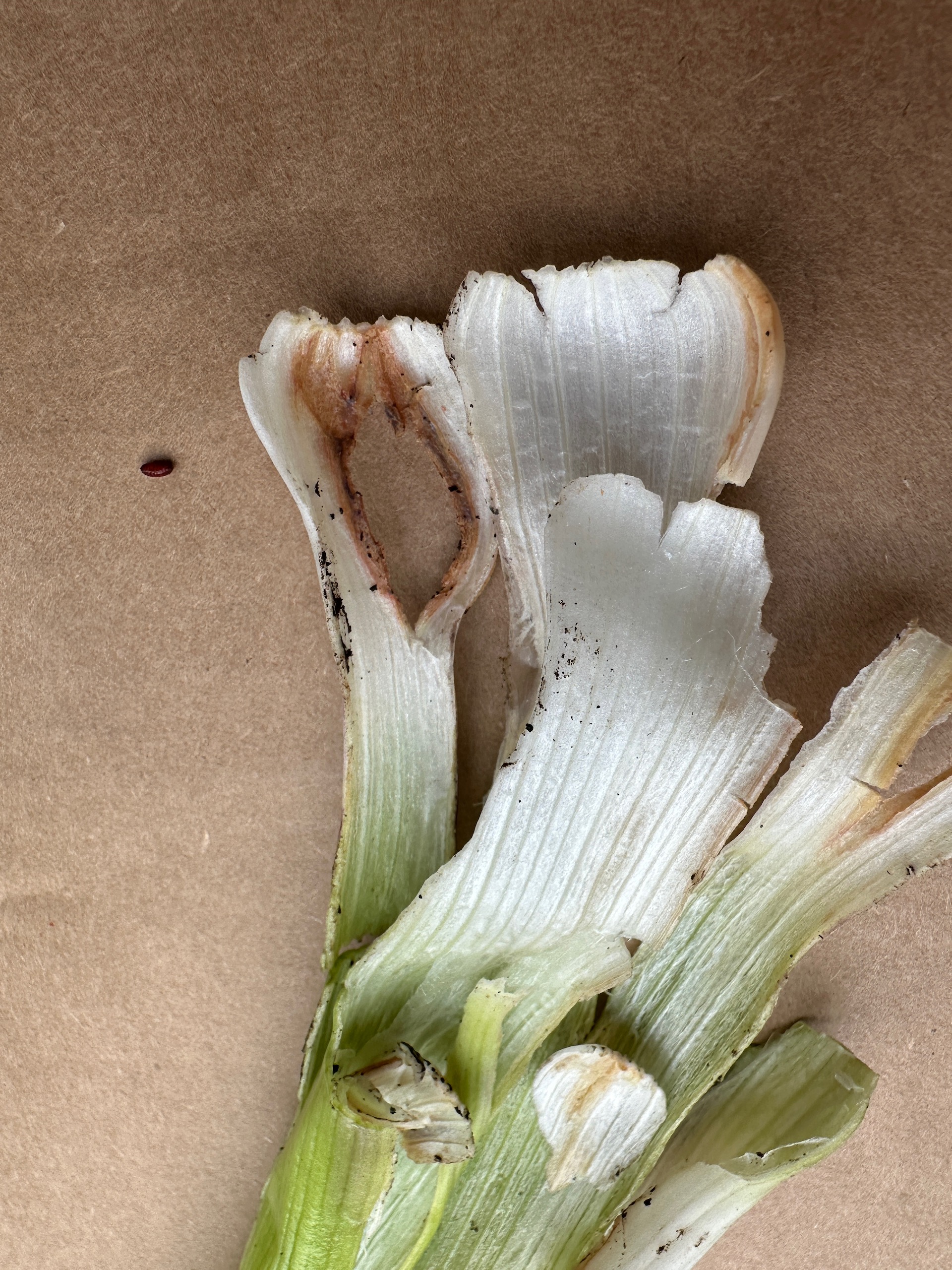
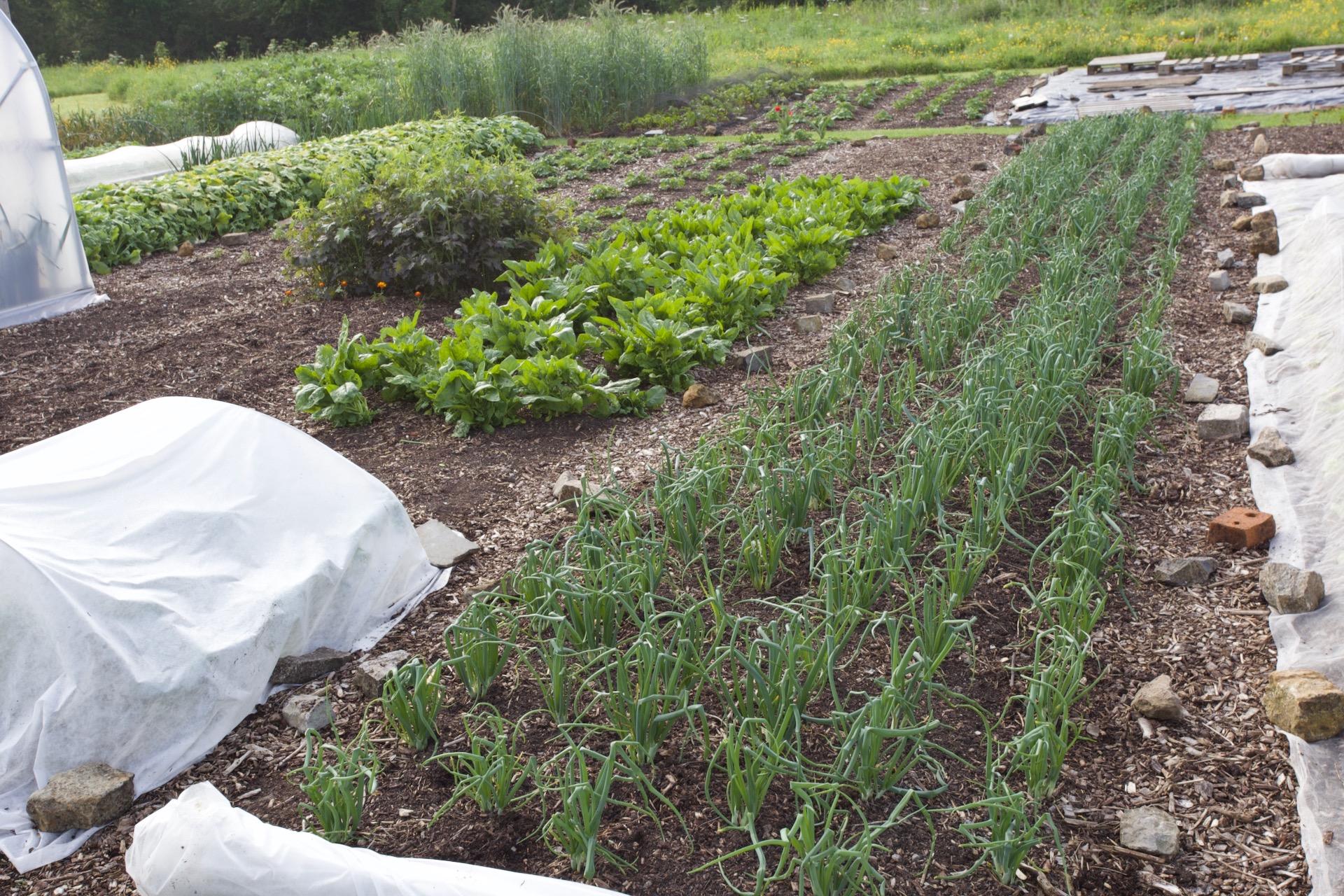
I hope that you have a great finish to spring, before summer begins in June.








































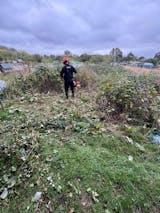
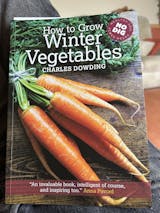


0 comments